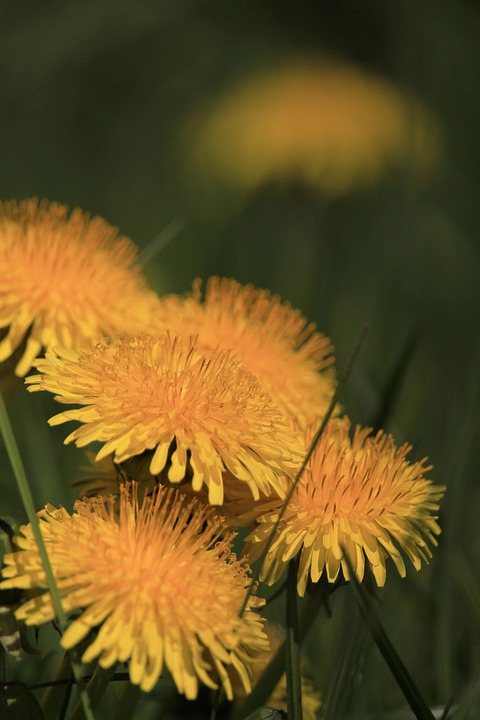Introduction
Are you tired of buying produce from the grocery store that lacks flavor and freshness? Why not create your own edible garden in your backyard? Not only will you have access to delicious, homegrown fruits, vegetables, and herbs, but you will also have the satisfaction of knowing exactly where your food comes from and how it was grown.
Benefits of an Edible Garden
Having an edible garden offers a wide range of benefits. Firstly, it allows you to have complete control over the quality and safety of your food. You can avoid harmful pesticides and chemicals, ensuring that your produce is healthy and nutritious. Additionally, growing your own food is a great way to save money on groceries. Imagine walking just a few steps to pick fresh tomatoes for your salad or snipping herbs straight from your garden for that perfect seasoning.
Choosing the Right Location
The first step in creating your edible garden is choosing the right location. You’ll want an area that receives plenty of sunlight, preferably at least 6-8 hours per day. Most vegetables and herbs thrive in full sun. Make sure the soil is well-draining and rich in organic matter. If you have limited space, consider using containers or raised beds to grow your plants. This allows you to utilize smaller areas and control soil quality more efficiently.
Selecting Your Plants
When selecting plants for your edible garden, consider your climate and the amount of available space. Start with plants that are easy to grow and maintain, such as tomatoes, lettuce, herbs like basil and mint, and green beans. Make sure to choose plants that you and your family enjoy eating. There’s nothing better than harvesting and eating your favorite fruits and vegetables straight from the garden.
Preparing the Soil
Before planting, it is vital to prepare the soil properly. Remove any weeds or grass from the area and loosen the soil with a garden fork or tiller. Add compost or well-rotted organic matter to improve soil fertility and structure. This will provide the necessary nutrients for your plants to grow healthy and strong. Don’t forget to water the soil thoroughly before planting to ensure good moisture levels.
Maintaining Your Edible Garden
Maintaining your edible garden is essential for its success. Regularly water your plants, especially during dry periods. Mulching around your plants can help retain moisture and prevent weed growth. Keep an eye out for pests and diseases, and apply organic pest control methods when necessary. Prune and harvest your plants regularly to encourage new growth and ensure a continuous supply of fresh produce.
FAQs
Q: How much space do I need for an edible garden?
A: The space required for an edible garden depends on the number and types of plants you want to grow. Even a small patio or balcony can accommodate some container plants. For larger gardens, plan your layout carefully to maximize space and accessibility.
Q: How much time does it take to maintain an edible garden?
A: The time required to maintain an edible garden varies depending on its size and complexity. Generally, you will need to spend a few hours each week planting, watering, weeding, and harvesting. However, as you gain experience and establish systems, the maintenance tasks become more efficient.
Q: Can I grow an edible garden without a backyard?
A: Absolutely! You can grow an edible garden even without a backyard. Utilize containers, hanging baskets, or vertical gardening techniques to make the most of limited space. Many fruits, vegetables, and herbs can flourish in containers or even indoors with sufficient sunlight.




